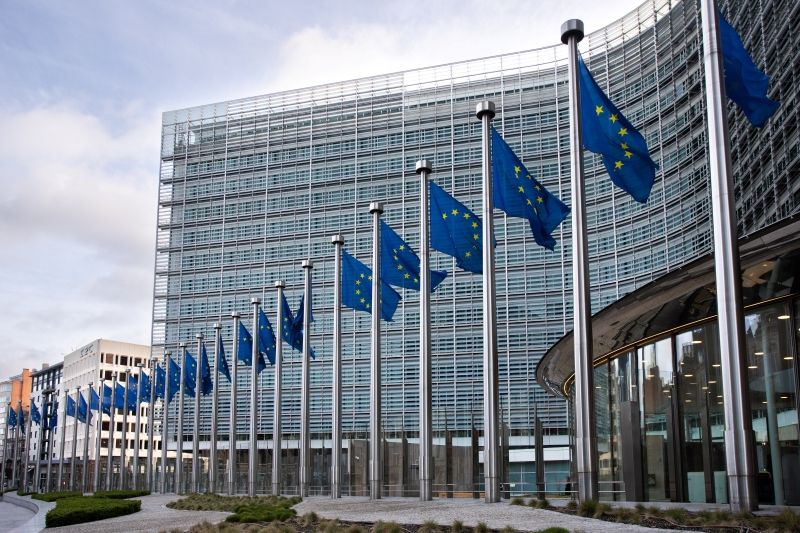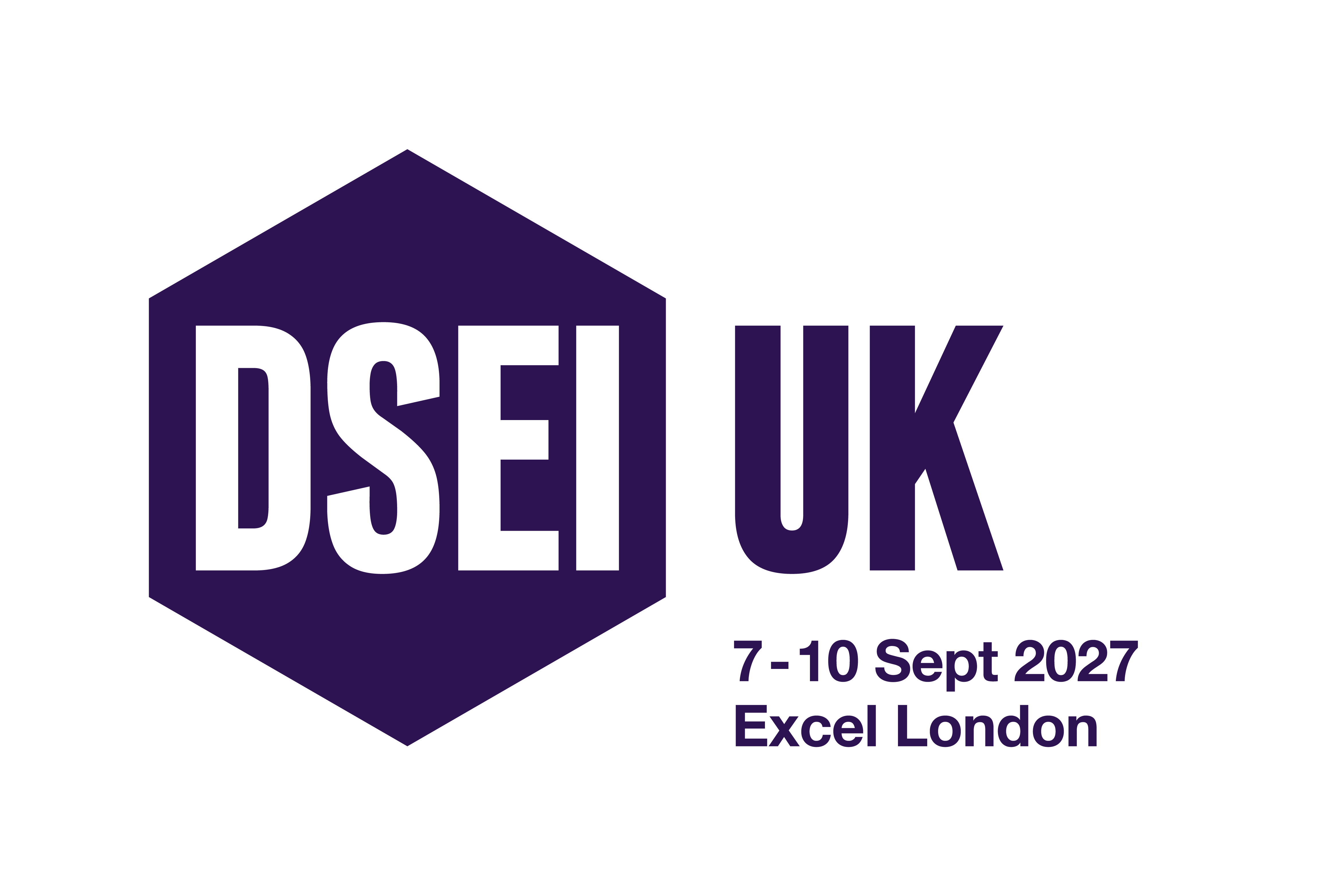
The EU is a vital source of funding for Europe’s defence sector, but its sprawling bureaucracy is often criticised for failing to serve the firms that need it most. DSEI Gateway speaks with the EU and SMEs to explore whether this is the case.
The EU has not shied away from defence spending in recent months, and there are many companies across the region eagerly eyeing the widening pools of funding available.
Indeed, Europe has committed to unlocking EUR800 billion for defence over the next few years, in part through the EUR150 billion Security Action for Europe fund. While this increase is substantial, the funding must be channelled effectively, particularly into the European small and medium-sized enterprises (SMEs) crucial to the region’s rearmament ambitions.
There are questions around whether this is being done effectively, however, as smaller firms often argue accessing funding from the EU and its defence body – the European Defence Fund (EDF) – can be a slow and taxing process, with laborious applications and lengthy timelines. This can make it challenging for these firms to remain financially viable and competitive.
“After months of hard work, we have decided to step back from submitting our proposal for a multi-million EDF call related to drones”, Wouter Hazenberg, Project & Funding Manager at SME-company AI Armaments, stated on LinkedIn earlier this year.
“As project lead, we unfortunately had to conclude that it is simply not feasible to complete the immense amount of required paperwork before the October 16th deadline”, Hazenberg added.
The post ignited a common debate about whether the EDF and other financial and procurement bodies are setup to support SMEs. DSEI Gateway reached out to some of those involved in the defence funding ecosystem and SME community to see how the arguments for and against the EDF stack up.
Is the EDF made for primes?
One concern shared by many smaller firms is that the EDF is not built for them. Erik Khranovskyy is the Founder and CEO of one such firm, Grafren AB, which makes Graphene-based materials that have applications in stealth and camouflage.
While there is a huge amount of EDF funding available, Khranovskyy told DSEI Gateway, there is a pervading sense that “it's somehow considered by the European defence primes as their money”.
Primes “empty out the main pot” and leave what's left to SMEs, Khranovskyy lamented, a workable model in peacetime but a far less logical one given how important startups are becoming for European rearmament.
In Ukraine, startups are the key players facilitating the frontline. Drone manufacturing in particular has skyrocketed in the region as firms such as Vyriy and Skyfall move rapidly to supply the Ukrainian military in the country’s conflict with Russia.
“In wartime, startups should not be considered as just having some small complementary role for the larger corporates”, Khranovskyy said. CEO of camouflage company DECPT, Jeanette Hvam, had a similar view, telling DSEI Gateway that she thinks the EDF is “made for the primes”.
Martin Jõesaar, Programme Officer at the EU Defence Innovation Office in Kyiv, Ukraine, had a differing opinion, however.
“It's definitely wrong to say that it is designed for the primes”, Jõesaar said, explaining that the EDF has provided funding for more than 1,300 companies since its inception in 2021, with more than 38% of all those selected being SMEs.
It’s also practical for primes to play a big part in leading the consortiums which win the projects, many of which contains SMEs, Jõesaar explained, as bigger firms have better infrastructure for project management and more experience in large scale projects.
“It's good [to have a] combination of small and big companies [in projects], and that's exactly how it should be”, Jõesaar said.
There are alternative models, though, such as the introduction of ‘thin primes’, a term coined in New Zealand’s recent Defence Industrial Strategy. Under this model, smaller firms assume total contract responsibilities for delivering a piece of equipment while sub-contracting the primes.

Erik Khranovskyy, CEO of Grafren AB. (Grafren AB)
Is there too much bureaucracy?
While securing funding is often the most challenging aspect for SMEs, the first stage – applying for EDF funding and grants – can also be a struggle. This is because they must complete lengthy, sometimes quite technical proposals without a large team or much time to spare.
“The present application forms and all these rules, they are complicated”, Khranovskyy said.
Companies can hire grant writers that work entirely on drafting proposals, Khranovskyy said, but this is not sustainable for many, and businesses must eventually compare the time investment with the actual payout.
A significant level of detail is needed in these proposals, however, Jõesaar explained, as the EDF needs a substantial amount of information to properly decide on projects.
The current proposal limit is 100 pages, he said, and, if it were to be reduced to 10 or 15 pages, the information included could become so general as to be useless in helping ascertain the benefits of one proposal over another.
Jõesaar added that reducing the proposal size would also lead to an influx of proposals, thus increasing the workload of the EDF.
“We never said that the EDF is easy and quick money. It's not. It has to be very systematic, it has to be very transparent… so it's bureaucratic, it's slow – a little slower than we would like it to be, but this is the fastest we can go right now”, Jõesaar said.
While Khranovskyy partly accepts that a certain amount of bureaucracy is necessary, he argues that some exceptions should be made to the rules, given the current geopolitical climate and the urgent need for rapid procurement, as demonstrated in Ukraine.
Are project timelines too long?
When smaller firms are involved in securing funding and winning contracts from the EDF, the lengthy timelines are frequently mentioned as a key issue.
According to the companies DSEI Gateway spoke to, the time it takes from applying to receiving funding can take anywhere between a year and a half to two years.
Such long lead times can be damaging for smaller firms that don’t have deep pockets to keep them turning a profit in the meantime. This period, between applying for funding or a contract and receiving payment, is known unfavourably in defence as the ‘valley of death’.
Khranovskyy described the length of these processes as “absolutely unacceptable. It's a dynamic for the peaceful times, but not for the war times”.
It’s important to remember that some of these projects have hundreds of millions of euros earmarked, though, Jõesaar said, and can take time to put together and organise properly. He said the EDF “cannot give just one month to send a proposal” and that, in fact, some of the bigger companies leading the consortiums have complained of projects moving too quickly.
Assessments of companies need to be very comprehensive which also takes time, he added, as does the process of explaining to companies why their proposal was not chosen. While these timeframes are “completely ridiculous” when compared with the processes in Ukraine, Jõesaar said it's important to remember the EDF’s original purpose.
“It was to support the European defence industry, and we are still achieving this goal, because we are helping countries to decide what they need in five to 10 years. We help them provide funding for their own industry”, Jõesaar said.
This protracted process is not just due to lengthy EDF application processes, as projects can also be hampered by a company's own defence ministry. As Hvam explained, the process of joining a project can include multiple stages of approval at the national level.
“You start by contacting your [defence ministry], because it all depends on their approval. In Denmark, you have to have a pre-approval, and then the real approval, and then, for development action, you should have approval of both your budget and of the project as a whole, because you need a letter of intent”, Hvam said.
“Companies in member states, like Cyprus, for example, they do presentations for their [defence ministries] in July… even though the application deadline [for the project] is October or November”, she added.
Can the EDF be improved?
What’s evident from these conversations is that there is a disconnect between what the EDF has been built for and does well, and what Europe’s new generation of SMEs and startups want to get out of it.
One solution would be to create an element of the EDF that launches smaller projects with shorter timeframes, Khranovskyy said, aimed specifically at this cohort of companies.
Instead of giving companies EUR10 million or EUR5 million, the EDF should reduce project funding to around EUR500,000 and make the applications much shorter, Khranovskyy said, with reduced evaluation periods and rapid payments.
These projects shouldn’t require a consortium either, he added, as startups tend to be “solving their problems alone” and don’t need to collaborate that much or, if they do, will do so on a commercial basis.
He laid out his ideal timeframe: a one-month application period from launch to deadline, two or three months of evaluation, and a maximum of one month for payment.
Jõesaar understands these suggestions to an extent, explaining that the EDF “fully understands that we need a shorter” and faster, more flexible system.
“We’re not saying that the EDF is ideal, and we fully understand the issues, and we're trying – we've tried to cut the corners and make it as fast as possible, but we still need to provide what the member states need”, he added.
Smaller projects valuing in the low millions, or even fractions of millions, would also be better undertaken at the national level by individual member states, Jõesaar said, rather than relying on the EU budget at large. The EDF was created for projects worth doing with multiple member states and big consortiums, he explained, while projects that can be done in six to 12 months with EUR1 million and EUR2 million budgets can be done nationally.
While he raises a valid point, the EDF aims to encourage joint capability development. Limiting smaller projects to the national level could therefore constrain this, and hamper opportunities for deeper collaboration.
It is clear a balance needs to be made between not ostracising SMEs while ensuring the EDF procures the right technology.
Tags
- added
- built
- bureaucracy
- companies
- criticised
- defence
- dsei
- edf
- eu
- european
- europes
- failing
- firms
- funding
- gateway
- jesaar
- khranovskyy
- many
- need
- one
- primes
- project
- projects
- proposal
- s
- sector
- serve
- small
- smaller
- smes
- source
- speaks
- sprawling
- vital
- whether
Providing impartial insights and news on defence, focusing on actionable opportunities.
-
DSEI Gateway speaks with the EU and SMEs to explore whether the EU's sprawling bureaucracy is failing to serve the firms that need it most.
-
New
Australia revamps submarine supplier portal, primes take responsibility
06 Nov 2025 Benjamin HoweThe portal centralises opportunities for Australian businesses, including small companies, looking to participate in the nuclear submarine programme. -
The value of the project highlights the MoD’s commitment to advancing ACP development.


)
)
)
